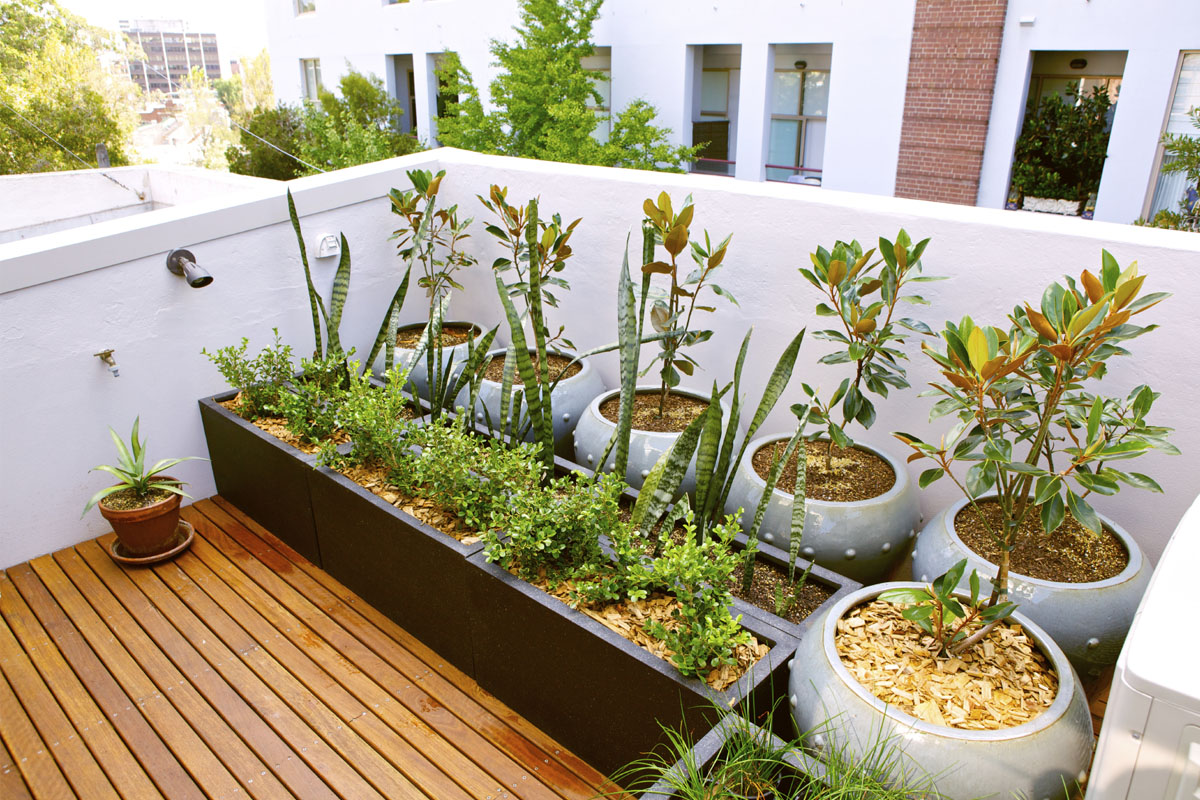Photographs: iStock
Green spaces or balconies are said to be associated with happy childhood memories for many. With a home of your own, the balcony that you design talks a lot about your personality and acts as the ultimate soothing agent. It must be a place that you can call your “own relaxing space” in the house. Architect Juilee Deoskar gives simple and effective tips to transform and design a minimalist balcony for your home and quickly change the look and feel of the space.
1. The basic design
The angle between the wall and the earth where the sun falls must be developed and made into a place which lets people bask in. A minimalistic balcony is a blend of soft-scape and hard-scape designs in appropriate proportions. As in the case of plants, it can grow at various places or in containers; all it needs is the right amount of soil mix and depth, apt plant species and a suitable location. Subtle hung planters in different styles can also be used for a vertical green impact. For example, plants in horizontal bottles, tyres, bamboo, gum boots, ceramic soup bowls or aluminium tins can be hung on a basic metal framework. These can be of different colours and can bring in a unique design language.
2. Dimensions
Opt for an outdoor room with a minimum of six-feet balcony to accommodate 2-3 persons. This room can have a few distinct plants and let people work and swing. Space less than four-foot depth can have a granite ledge as a seating.
3. Interior space
It is advisable to recess a part of the balcony in the interiors so that it doesn’t appear as an add-on to the room. Half open enclosures with columns, trellises and wooden partitions create a partial cosy space that makes people more comfortable.
4. Plant selection
Depending on the soil depth, light and wind conditions, opt for the right plants. Consult a nearby horticulturist or landscape architect for guidance. To be on the safe side, go with minimal and low maintenance plantation if the space needs to be used and accessed on a daily basis. For shades, you can include crotons, dracaena, aglaonema, money plant, philodendrons, spider and peace lily, cordyline and ficus. Plants such as cactus, agave, date palms and dracena require lesser amounts of water for growth. If your balcony receives lot of sunlight, canna, plumeria dwarf, verbena and raphis palm are your options as they grow extremely well in the sun.
 Consult a structural engineer to check the load-bearing capacity of the balcony before creating elements such as water bodies, wall cladding or paving.
Consult a structural engineer to check the load-bearing capacity of the balcony before creating elements such as water bodies, wall cladding or paving.5. Wall enhancements
A blank interior facade, in the semi open space can be enhanced by textured or painted surfaces. Textured paint like stucco is a cost efficient example. Other options include stone or brick cladding and wooden panel cladding.These highlights will act as interesting backdrop for shrubs, furniture, artefacts in the balcony, etc.
6. Engineering
It is always advisable to consult a structural engineer to check the load-bearing capacity of the balcony. If maintenance is an issue, elements such as water bodies, wall cladding or paving that require timely maintenance should be avoided. For example, materials like wood require maintenance on a regular basis.
7. Lighting
This can work wonders. However ensure that the space is not over lit or under lit. You can have different types of lights to create different moods. The location should be such that it does not prick your eyes. Indirect lighting creates an ambient lighting with great aesthetic effect. The right object needs to get highlighted. If not located properly, focus on unnecessary aspects can damage the balcony image completely.
8. Safety
Safety is of prime importance; for example, do not raise the levels with decks or pedestals or seats near the railings. Also, maintain safety using appropriate plants (stay away from poisonous or harmful plants). The balcony can be inward or outward looking, depending on whether the view or context outside is worth looking at or not.


















